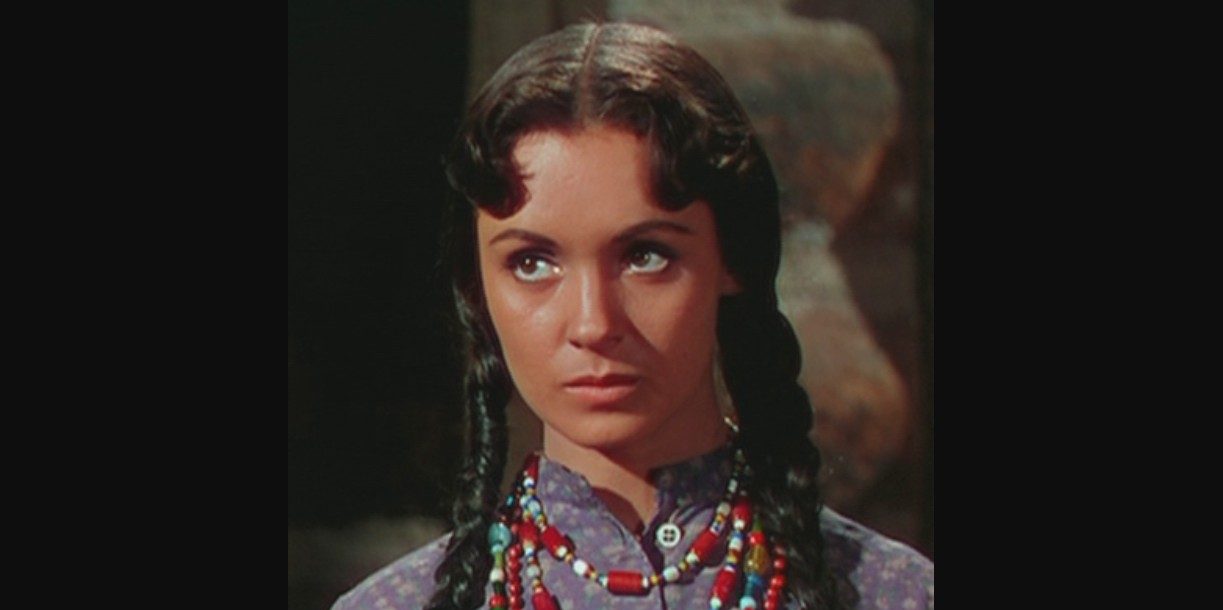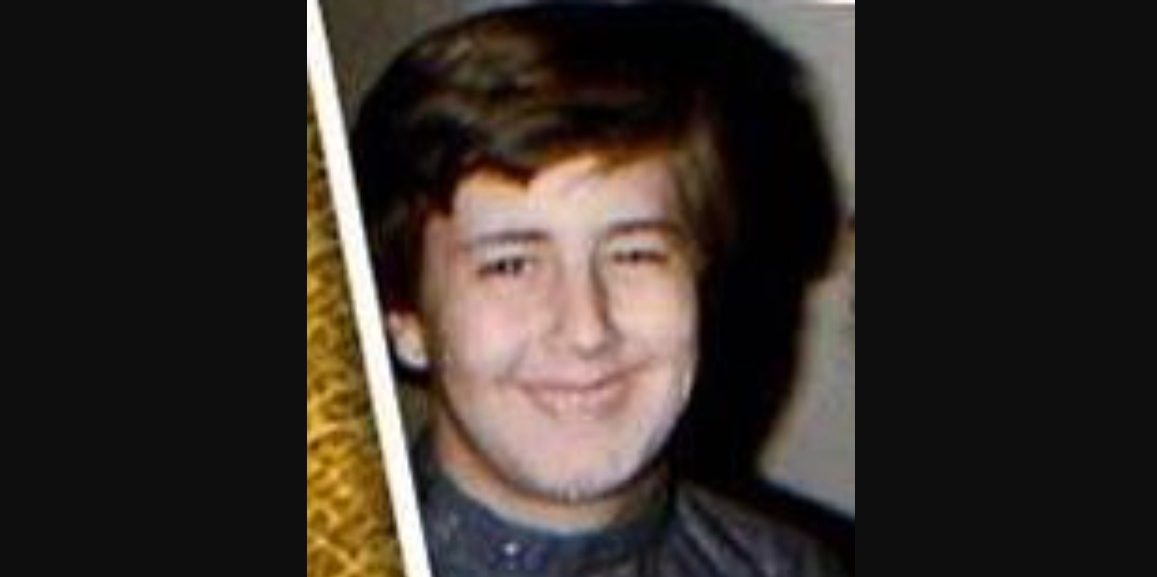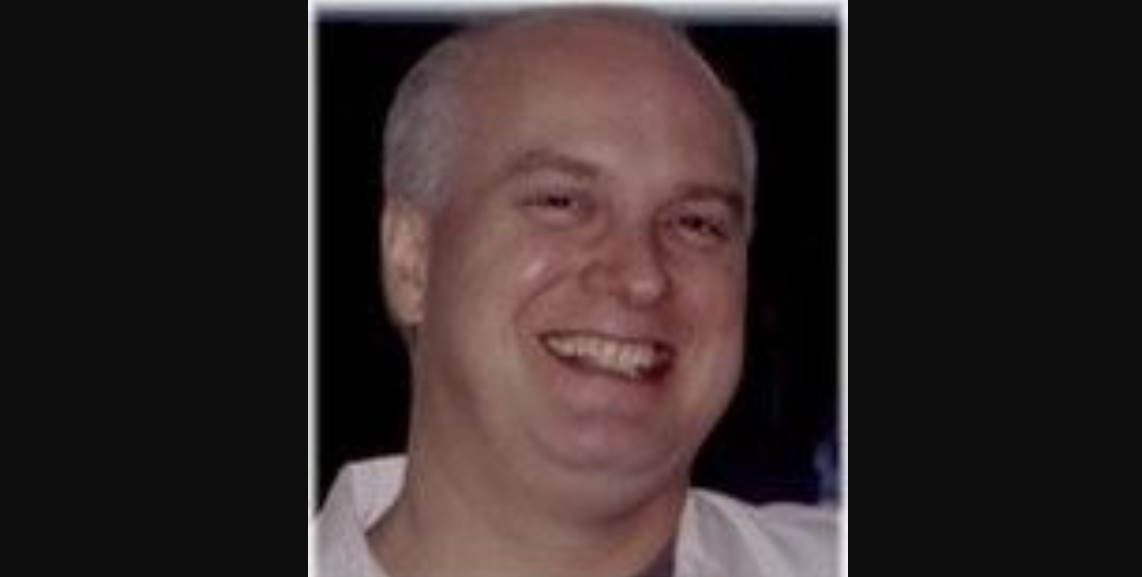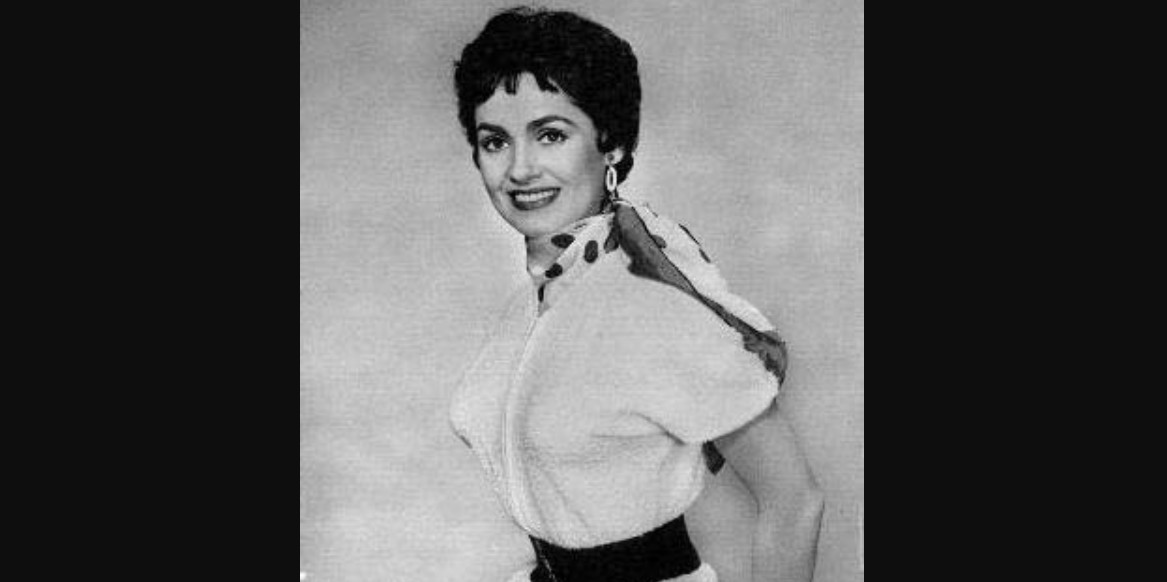Sundance Now’s ‘Wasp Woman: The Murder of a B-Movie Queen’ is a two-part true-crime documentary series that chronicles the life of Susan Cabot, a talented actor who experienced numerous ups and downs both professionally and personally. When she was found brutally killed in her house in late 1986, the investigation unraveled some dark family secrets that eventually led the police to the perpetrator behind the murder. The documentary also delves deep into Susan’s career as an actor and how her life turned out to be, with the help of interviews with her loved ones and officials linked to the case.
Susan Cabot Had Made a Name For Herself in the Entertainment Industry
Harriet Pearl Shapiro, popularly known as Susan Cabot, was born on July 9, 1927, to an unstable family in Boston, Massachusetts. She was orphaned at a young age after her father abandoned the family, and her mother, Elizabeth, was reportedly institutionalized. Throughout the time she was in the foster system, she was raised in eight foster homes in total, most of which were in the Bronx borough of New York City. According to reports, she was emotionally and sexually abused in her childhood, which developed an intense post-traumatic stress disorder in her. While attending high school in Manhattan, she developed a passion for drama and joined the school’s drama club. In order to support her education, she was not only employed as an illustrator of children’s books but also sang at Manhattan’s Village Barn club.

Still in her teens, she tied the knot with her childhood friend and artist named Martin Sacker on July 30, 1944, in Washington, DC, and left the foster system for good. In 1947, her acting career began as she debuted in ‘Kiss of Death’ as a restaurant patron. Moving up the ranks within the industry, she landed roles in several Western movies, including ‘Tomahawk,’ ‘The Duel at Silver Creek,’ and ‘Ride Clear of Diablo.’ Taking a break from acting, she relocated to New York and studied acting with Sanford Meisner. She returned to the big screen in 1957, when she appeared in ‘Sorority Girl,’ ‘The Viking Women and the Sea Serpent,’ and ‘Carnival Rock. In 1959, she appeared in the musical titled ‘Shangri-La’ in Boston and portrayed a key character in the horror film ‘The Wasp Woman,’ which turned out to be her final movie appearance.
Susan Cabot Was Killed While Dealing With Mental Health Issues
By that time, Susan Cabot had divorced her first husband and reportedly had an affair with King Hussein of Jordan. During the reported affair, in 1964, she gave birth to their son, Timothy Scott, who was born with Creutzfeldt-Jakob disease and dwarfism. That same year, the couple parted ways. A few years later, in 1968, she married Michael Roman and gave her son his last name. A couple of years later, in 1970, she made an appearance in an episode of ‘Bracken’s World.’ After a decade and a half into the marriage, the couple split in 1983.

In the following years, her mental health deteriorated as she spiraled into depression and reportedly started experiencing suicidal ideation. It got to the point that she lived with paranoia and delusions, and she also developed a hoarding disorder as her house was filled with rotten food and old newspapers. It all came to an abrupt end when she was found dead inside her house in the Encino neighborhood of LA on December 10, 1986. The authorities secured the perimeter and found no evidence of forced entry. The medical examiner determined that the cause of her death was blunt force trauma.
Susan Cabot’s Killer Alleged That She Attacked Him First
As part of the investigation, the authorities focused on Susan Cabot’s family and friends, hoping to get some answers. Since she had been living with her son, Timothy Scott Roman, at the time, they brought him in for questioning and interviewed him. He claimed that a masked burglar had broken into their house and killed his mother. He told the detectives, “I had nothing to do with it. I swear to God!” After he asked for an attorney, he was taken to Humana Hospital-West Hills to be treated for the injuries he sustained during the alleged fight with the masked burglar. On the way to his Encino neighborhood home, where the murder took place, he confessed to killing his mother. Upon reaching the house, he showed the detectives the hidden murder weapons in the laundry room — a knife, a dumbbell, and a scalpel.

As per Timothy’s accounts, on December 10, 1986, Susan began screaming and calling for her mother, Elizabeth, while not being able to recognize him. He alleged that when he tried to call emergency services, she attacked her with the barbell bar and the scalpel. Claiming self-defense, he admitted to snatching the bar from her and beating her to death. He then hid the murder weapons inside a detergent box in the laundry room and came up with the story of a burglar in a ninja mask. Thus, Timothy was arrested for killing his mother in their house and was held in jail without bail.
Timothy Scott Roman Passed Away in 2003
Timothy Scott Roman pleaded not guilty by reason of insanity and decided to take the matter to court. After the first trial resulted in a mistrial due to his attorney’s health problems, his second trial began in October 1989. During the trial, his defense counsel claimed that his aggressive reaction to Susan’s attack on the fateful night was because of the drugs he had taken for his dwarfism. Timothy also took the stand and recounted his version of the events, claiming that he didn’t remember killing her and lying to the police because he thought they wouldn’t believe him.

By the end of the trial, on October 10, he was convicted of involuntary manslaughter due to a lack of evidence that proved premeditation. On November 28, since he had already spent more than two and a half years in jail, he was sentenced to three years’ probation for the matricide. On top of that, he was also ordered to seek psychiatric counseling. After his sentencing hearing, he seemingly spent the next years with his grandmother in Los Angeles, California. On January 22, 2003, Timothy Scott Roman died of heart failure.
Read More: Cindy Sumner Murder: What Happened to Elhadi Robbins?


